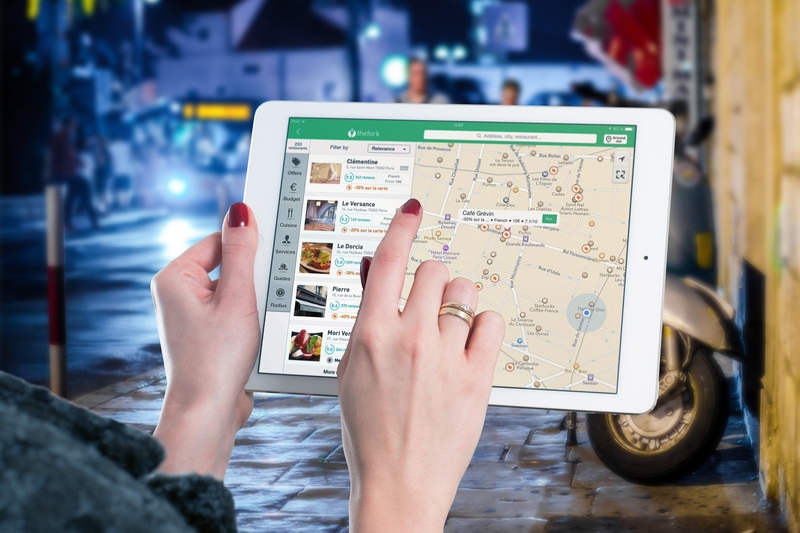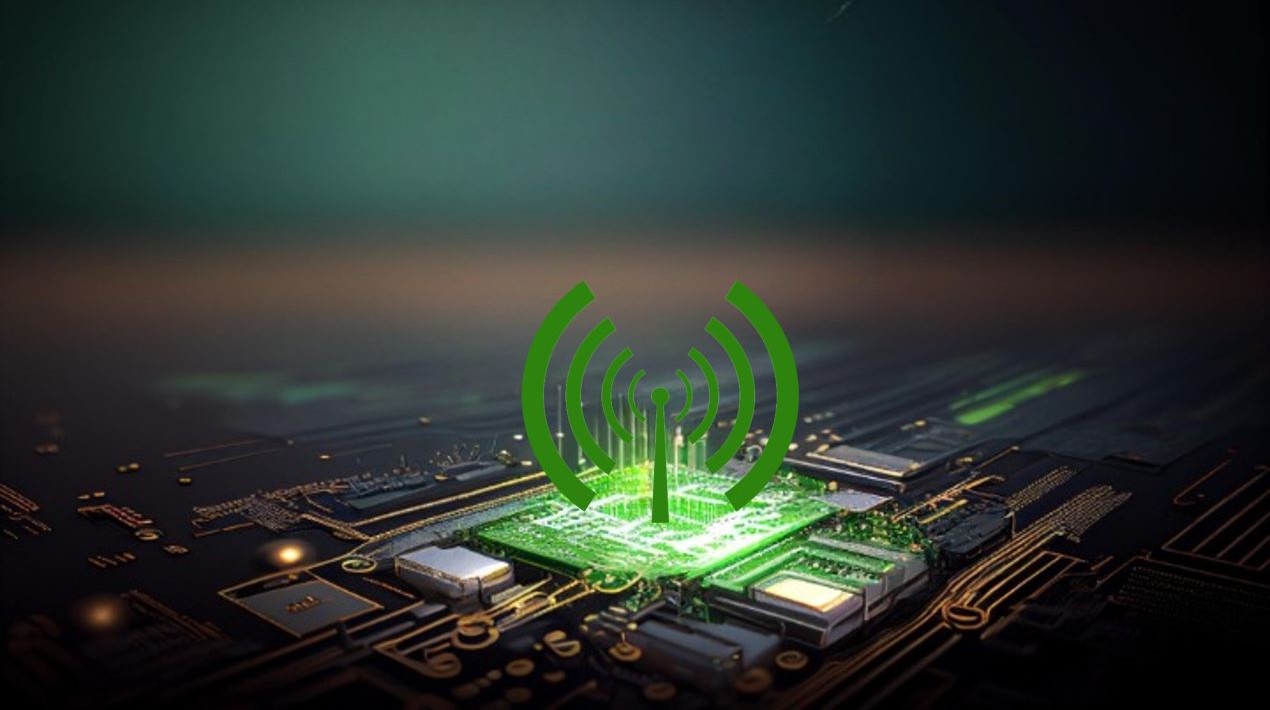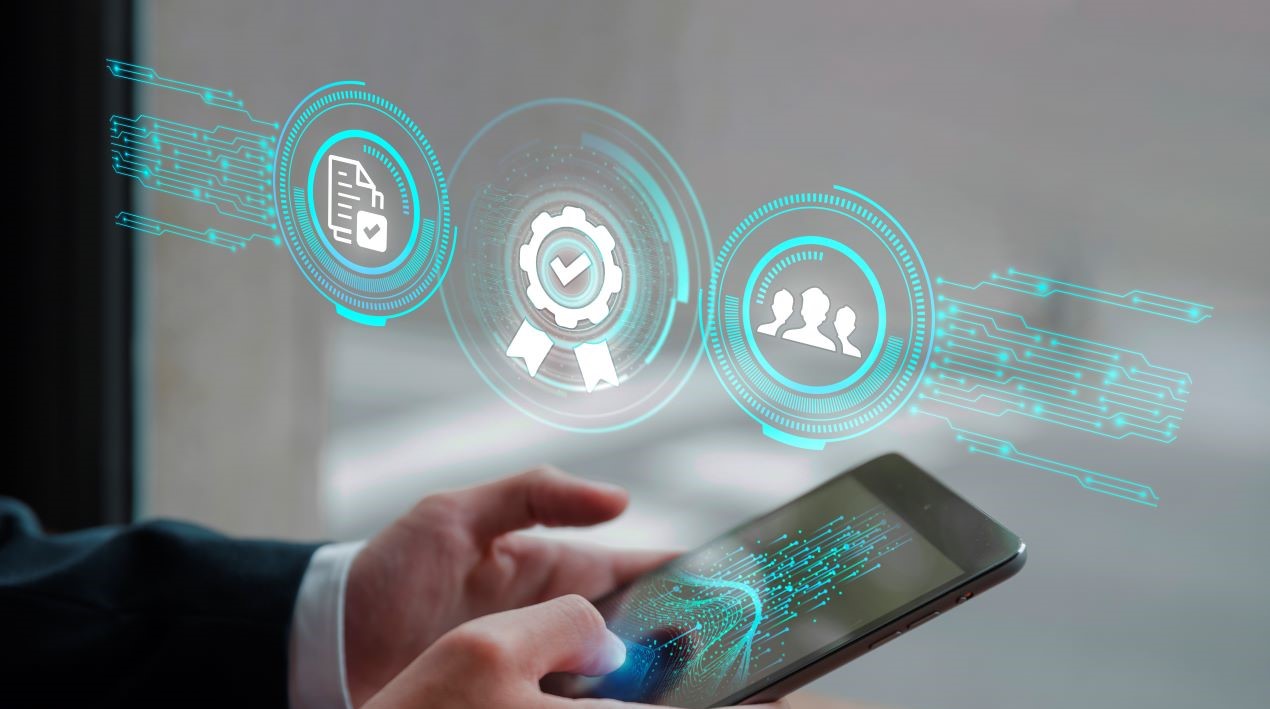
While COVID-19 continues to disrupt the world’s economies, Hong Kong’s Smart Government Innovation Lab has sustained its release of solutions develops by its various incubatees.
Recently, another one of its supported firms has developed a solution that is now ready to be acquired by other firms, government agencies and academic institutions.
Solution description
An indoor positioning system (IPS) is a network of devices used to locate people or objects where GPS and other satellite technologies may lack precision or fail entirely, such as inside multi-story buildings, airports, alleys, parking garages, and underground locations.
There are many problems with existing indoor positioning services (IPSs). First and foremost, a poorly constructed and inaccurate map is the culprit to poor user experience.
In addition, exhibition booth walls may cause IPS signals to drop off, and the resulting patchy connection would further frustrate users.
Interference is also caused by reflective signals, or in multi-storey locations, signals from other floors. Such noise would interfere with positioning and undermine accuracy.
Dolphin IPS is an effective indoor positioning system providing low cost, high accuracy, Plug-and-Play infrastructure and good user experience, and it employs a proprietary fusion algorithm (including optimised BLE beacons settings, site planning, multilateral positioning, noise reduction, changing events, special event handling and stabilisation, etc.).
Application Areas
The solution can be applied in the areas of City Management, Commerce and Industry, Development, Housing as well as Infrastructure.
Technologies Used
The solution employs Augmented Reality, Cloud Computing, Internet of Things (IoT) and Mobile Technologies.
Use Case
The solution provides a low-cost, stable, accurate indoor positioning system with broad coverage so people can easily to know where they are and find a way to reach the destination.
For instances, the firm can set up the IPS at various exhibitions and shows so that visitors using use its APP or WeChat Mini Program navigate to the specific place in the venue e.g., washroom, Cafe, Concierge etc.
The solution can also apply to other places e.g. school, university, hospital, smart building, shopping mall, theme park, car park, etc.
About the Smart Government Innovation Lab
In 2018, the Government established the Smart Government Innovation Lab to explore hi-tech products such as AI and relevant technologies, including machine learning, big data analytics, cognitive systems and intelligent agent, as well as blockchain and robotics from firms, especially local start-ups.
The Lab is always on the lookout for innovation and technology (I&T) solutions that are conducive to enhancing public services or their operational effectiveness.
I&T suppliers are encouraged to regularly visit the Lab’s website to check on the current business and operational needs in public service delivery and propose innovative solutions or product suggestions to address them.
Building a smart city
The HKSAR government is working to build Hong Kong into a world-class smart city, through adopting the measures set out in its Smart City Blueprint for Hong Kong.
Keeping in mind the city’s city challenges, unique local situation and strengths and opportunities ahead, the government has mapped out in this document the smart city development plans for the next five years (roughly 2018 to 2023), and beyond.
A smart city is people-centric and should be built upon the needs of the people and the benefits should be seen and felt by residents and visitors.
The government has vowed to continuously review the effectiveness of its work, and introduce new measures to bring in more I&T applications to Hong Kong.
















